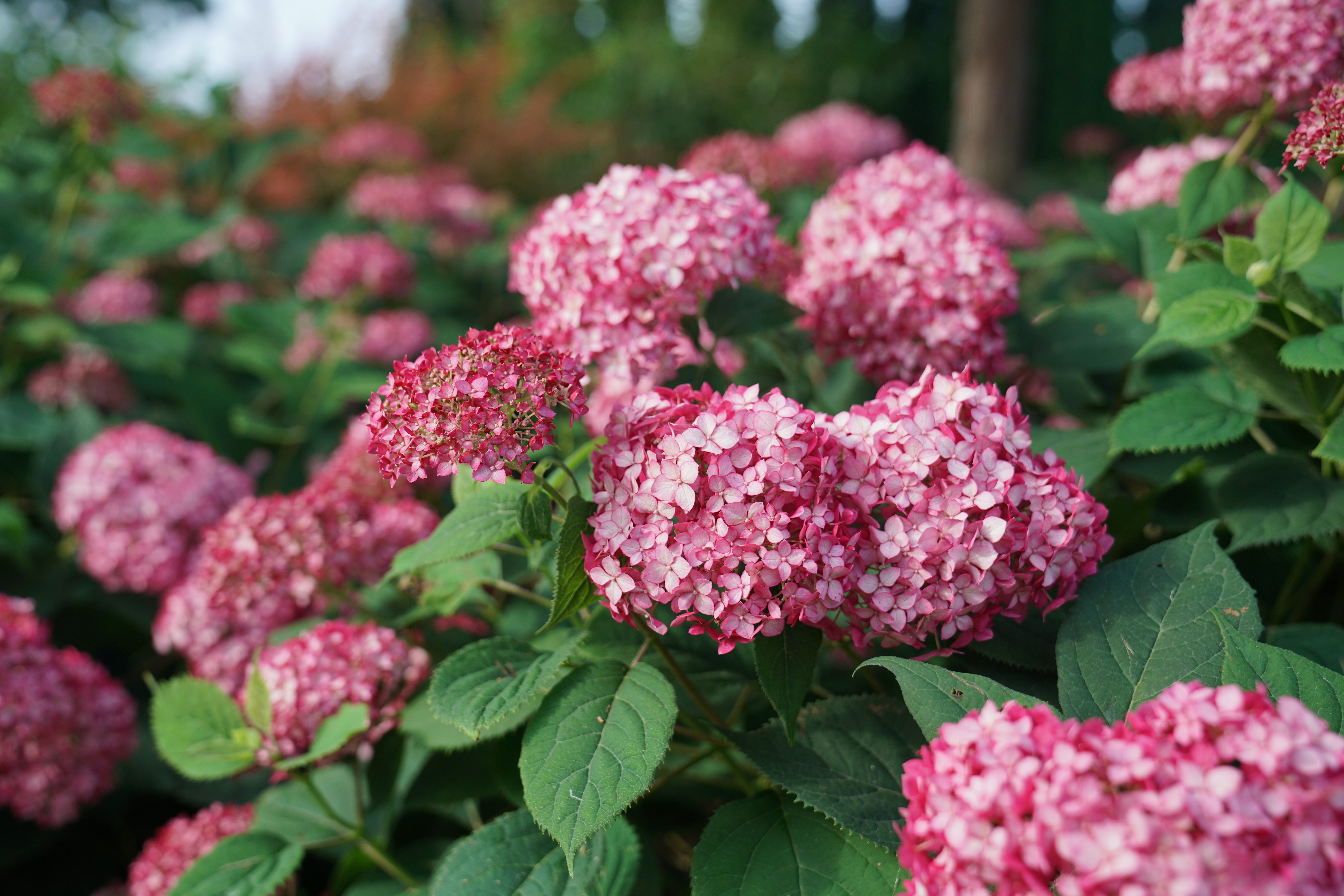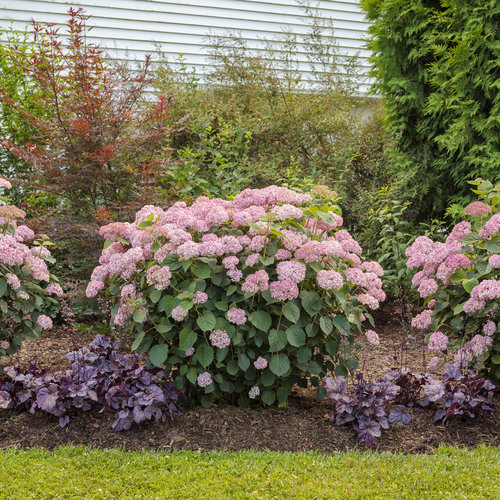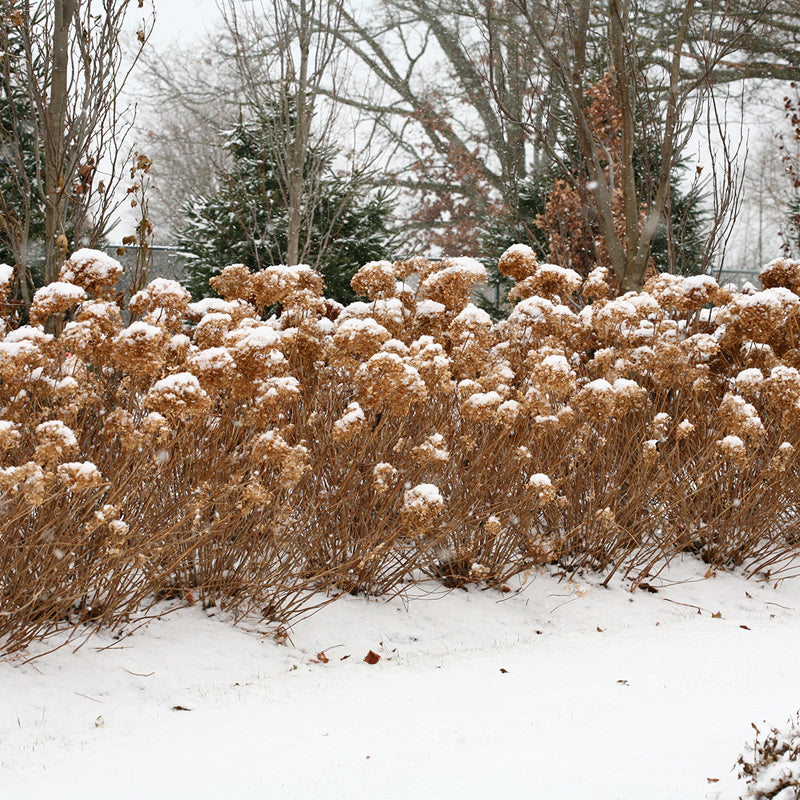The Invincibelle Hydrangea: The Ultimate Guide To Care And Planting
The Invincibelle Hydrangea: The Ultimate Guide to Care and Planting
Hydrangeas are some of the most popular flowering shrubs in the world, and for good reason. They come in a wide variety of colors, sizes, and shapes, and they can add a touch of elegance to any garden. One of the most popular types of hydrangea is the Invincibelle Hydrangea, also known as the Sevenbark Hydrangea.
Invincibelle Hydrangeas are known for their large, dome-shaped flower heads that can grow up to 12 inches in diameter. The flowers are typically white or pink, but they can also be blue or purple depending on the soil pH. Invincibelle Hydrangeas are also relatively easy to care for, making them a good choice for even novice gardeners.
Here is a comprehensive guide to planting and caring for Invincibelle Hydrangeas:
Choosing the right location
Invincibelle Hydrangeas prefer full sun or partial shade. If you live in a hot climate, you may want to plant your hydrangea in a location that receives afternoon shade. The soil should be well-drained but moist. Invincibelle Hydrangeas are not tolerant of wet, soggy soil.
Planting
Invincibelle Hydrangeas should be planted in the spring or fall. When planting, dig a hole that is twice as wide and as deep as the root ball of the hydrangea. Backfill the hole with soil, tamping it down gently. Water the hydrangea well.
Fertilizing
Invincibelle Hydrangeas should be fertilized once a year in the spring. Use a balanced fertilizer, such as 10-10-10, and follow the directions on the label.
Watering
Invincibelle Hydrangeas need regular watering, especially during the first year after planting. Water deeply once a week, or more often if the weather is hot and dry.
Pruning
Invincibelle Hydrangeas do not require a lot of pruning. You can prune them in the spring to remove dead or damaged branches. You can also prune them to shape the shrub. If you want to encourage larger flower heads, you can prune the hydrangea back by one-third in the spring.
Problems
Invincibelle Hydrangeas are generally resistant to pests and diseases. However, they can be susceptible to leaf spot, powdery mildew, and aphids. If you notice any problems with your hydrangea, treat it immediately with an appropriate fungicide or insecticide.
With proper care, Invincibelle Hydrangeas can thrive for many years. They are a beautiful and easy-to-care-for addition to any garden.
The Invincibelle hydrangea is a beautiful and hardy plant that is perfect for adding color and interest to your garden. With its large, showy blooms and sturdy stems, this hydrangea is sure to be a showstopper.
There are several different varieties of Invincibelle hydrangea, each with its own unique color and appearance. Some of the most popular varieties include:
- Invincibelle Lace®: This variety has deep plum-purple flowers and dark ruby-hued stems.
- Invincibelle Sublime™: This variety has bright green flowers and very dark green foliage.
- Invincibelle Ruby®: This variety has ruby-red flowers that age to a silvery pink.
- Invincibelle Spirit®: This variety has deep pink flowers that age to an attractive green.
- Invincibelle Spirit II®: This variety is an improved version of the original pink 'Annabelle' hydrangea. It has handsome, dark green foliage, sturdy, strong stems, and large blooms of deep pink that age to an attractive green.
No matter which variety you choose, the Invincibelle hydrangea is a low-maintenance plant that is easy to grow. It prefers full sun to partial shade and well-drained soil. To encourage blooms, fertilize your hydrangea in the spring and summer.
To learn more about Invincibelle hydrangeas, visit Garden Wiki. This website has a wealth of information about this beautiful plant, including care instructions, planting tips, and variety descriptions.
FAQ of invincibelle hydrangea
- Q: What are the best conditions for growing Invincibelle hydrangeas? A: Invincibelle hydrangeas prefer full sun to partial shade and moist, well-drained soil. They can tolerate a wide range of pH levels, but they will bloom best in soil that is slightly acidic.
- Q: How do I care for Invincibelle hydrangeas? A: Invincibelle hydrangeas are relatively easy to care for. They need regular watering, especially during hot, dry weather. They also benefit from annual fertilization in the spring. In the fall, you can prune them back to about 1/3 of their size to encourage new growth and blooms the following year.
- Q: Why aren't my Invincibelle hydrangeas blooming? A: There are a few reasons why your Invincibelle hydrangeas might not be blooming. One possibility is that they are not getting enough sunlight. They need at least 6 hours of sunlight per day to bloom properly. Another possibility is that they are not getting enough water. Make sure to water them regularly, especially during hot, dry weather. Finally, it's also possible that you have pruned them too late or too much in the spring. Invincibelle hydrangeas bloom on new growth, so if you prune off too much of the new growth, you may not have any flowers.
- Q: How can I make my Invincibelle hydrangeas bloom more? A: There are a few things you can do to make your Invincibelle hydrangeas bloom more. First, make sure they are getting the right amount of sunlight and water. Second, fertilize them regularly with a fertilizer that is high in phosphorus. Finally, prune them back in the spring to about 1/3 of their size.
- Q: How long do Invincibelle hydrangeas live? A: Invincibelle hydrangeas are long-lived shrubs, and they can live for up to 50 years if properly cared for.
Image of invincibelle hydrangea
5 different images of "invincibelle hydrangea" from Pinterest:
- Invincibelle Ruby Hydrangea in full bloom. The flowers are a deep pink color and bloom in late spring to early summer.

- Invincibelle Hydrangea in a garden setting. The shrub is about 6 feet tall and has a wide, spreading growth habit.

- Close-up of the flowers of an Invincibelle Hydrangea. The flowers are made up of many small florets that are arranged in a cone-shaped cluster.

- Invincibelle Hydrangea in fall. The leaves of the shrub turn a deep red color in fall.

- Invincibelle Hydrangea in winter. The shrub loses its leaves in winter, but the stems remain and can be used as winter interest.

Post a Comment for "The Invincibelle Hydrangea: The Ultimate Guide To Care And Planting"